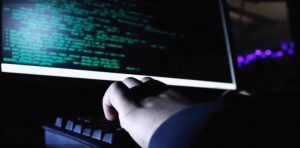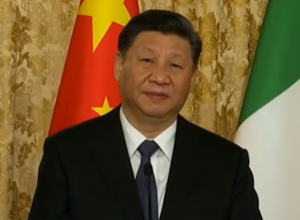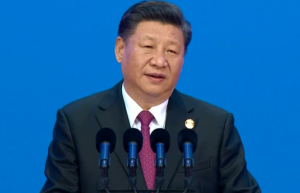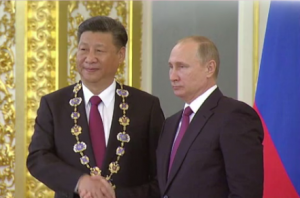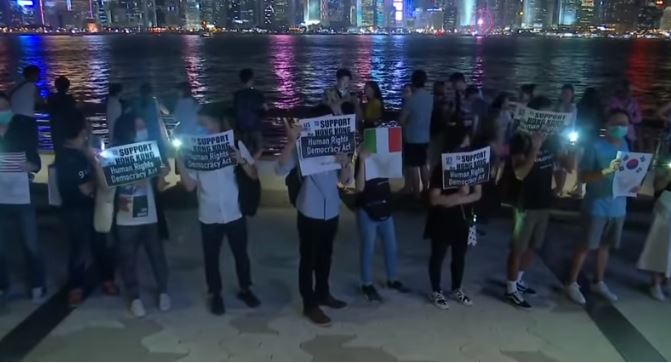
August 23, 2019. The Sun: ‘What Is Happening In Hong Kong And Why Are People Protesting?’ By Nika Shakhnazarova
PROTESTS continue to engulf Hong Kong after an extradition law moved thousands to the streets in anger.
As anti-government demonstrators continue to march, here’s the latest on trouble in the former British colony – and what’s at the root of the social unrest.
What is happening in Hong Kong?
Protests have gripped Hong Kong since June 2019, sparked by highly controversial legislation to extradite those convicted of crimes to mainland China and Taiwan.
Weeks of demonstrations started on Sunday, June 9, when a procession of people almost two miles long marched for seven hours through central Hong Kong.
In August 2019 operations at Hong Kong airport were suspended for two days after protesters occupied terminal buildings.
Tuesday 13th saw the fifth consecutive day of sit-ins at the airport, with protesters demanding greater democratic freedoms and opposing Chinese influence in the territory.
What are people protesting about?
That bill has been shelved for now – but the protests have mushroomed into a broader backlash against the government amid fears of the growing control of China’s Communist party.
Hong Kong, a former British colony in south eastern China, has long enjoyed a special status under the principal “one country, two systems”.
The Basic Law dictates that Hong Kong will retain its common law and capitalist system for 50 years after the handover in 1997.
But there are fears China is extending its influence over Hong Kong long before this deadline.
Protesters see the move to try Hong Kong citizens under Chinese law as deeply problematic – in 2015, 99.9 per cent of those accused in China’s courts were convicted.
But there are other issues at stake too.
Protesters also believe their leader should be elected in a more democratic way that reflects the preference of the voters.
The chief executive, Carrie Lam, is currently elected by a 1,200-member election committee – a mostly pro-Beijing body chosen by just six per cent of eligible voters.
Who is protesting?
A huge cross-section of society including lawyers, journalists, activists and business figures have joined in widespread protests across the region.
Activists say they won’t stop until their main demands are met.
These include the resignation of the Hong Kong’s leader, Carrie Lam, an amnesty for those arrested and a permanent withdrawal of the bill.
On August 9, 2019, anti-government protesters dressed in black descended on Hong Kong’s airport to draw international awareness to the movement – the first of three days of unauthorised rallies in the Chinese territory.
They were seen waving banners in different languages denouncing Carrie Lam and the police.
How is the Chinese government reacting to the protest?
Beijing has reacted furiously to the protests, warning those involved not to “play with fire”.
China’s military released a threatening video showing them conducting anti-riot drills.
The footage – believed to have been filmed in the region – shows armed troops descending from helicopters and shooting their way through the streets and into people’s homes.
Chinese police and soldiers have been seen training with “giant forks” as Hong Kong braces itself for another weekend of protests across the city.
Security forces were spotted carrying out crowd control exercises with the terrifying weapons at the Shenzhen Bay Sports Centre just 4.5 miles from the border with Hong Kong.
In a press briefing on August 6, a spokesman for the Hong Kong and Macao Affairs Office of the State Council issued China’s firmest rebuke yet.
It said the months-long “radical protests” had negatively impacted Hong Kong’s “prosperity and stability, pushing it into a dangerous abyss”.
Who is Carrie Lam and how have Hong Kong’s government reacted to the protest?
Carrie Lam, 62, is Hong Kong’s Chief Executive – the state’s most senior politician.
Lam suspended the bill a month after the demonstrations started – however she did not fully withdraw it leading to criticism from the protest movement’s leaders.
Speaking on July 9, she said the extradition bill was “dead,” adding the government’s work on the bill had been a “total failure”.
The bill would allow extraditions to any jurisdiction that does not already have a treaty – including mainland China and Taiwan.
The government claims the measure would prevent the seven million strong population from becoming a magnet for fugitives.
Facing deafening calls to resign, Ms Lam retreated for a fortnight.
On August 5, her first address in two weeks, she warned that Hong Kong was “on the verge of a very dangerous situation”.
And she accused activists of using the extradition bill to hide their real goal, which she claims is to “destroy Hong Kong”.
Google has shut down 210 channels on YouTube it said were part of a “coordinated” attempt to post material about the ongoing protests in Hong Kong.
The firm said attempts had been made to “disguise the origin of these accounts and other activity commonly associated with coordinated influence operations”.
How has the UK and the international community responded?
In July, UK Foreign Secretary Jeremy Hunt, who has since been ousted and replaced by Dominic Raab, tweeted that Britain’s “support for Hong Kong and its freedoms is unwavering.”
He said the UK couldn’t just “gulp and move on” in response to the ongoing situation in the former British territory.
Hunt warned there would be a diplomatic showdown if the Sino-British declaration on Hong Kong was not honoured by Beijing.
A spokesman said the Beijing government was “extremely dissatisfied” with the way Britain had “continuously gesticulated” about Hong Kong.
The US updated its travel advisory to the territory on Thursday, August 8.
What was the Umbrella movement?
The Umbrella revolution was a series of sit-in street protests in Hong Kong, running from September 26 to December 15, 2014.
The former British colony had been promised it would be able to elect its leader by universal suffrage by 2017 – unlike the system of a “nominating committee” of 1,200, formed largely from Beijing elites.
Protests were sparked when in August 2014, Beijing passed a reform framework to stipulate universal suffrage as they wanted it.
This would mean only two or three committee-vetted candidates who “love the country” would be able to run – and proved the final straw for those disillusioned by the thinning veneer of democracy.
Students began striking on September 22, with thousands of residents joining them as the movement ballooned.
The revolution won its name from the use of umbrellas to defend protesters against police pepper spray.
Despite the mass movement, the protest ended without any political concessions from the government, with three of the most prominent activists sentenced to six to eight months’ imprisonment for unlawful assembly.

